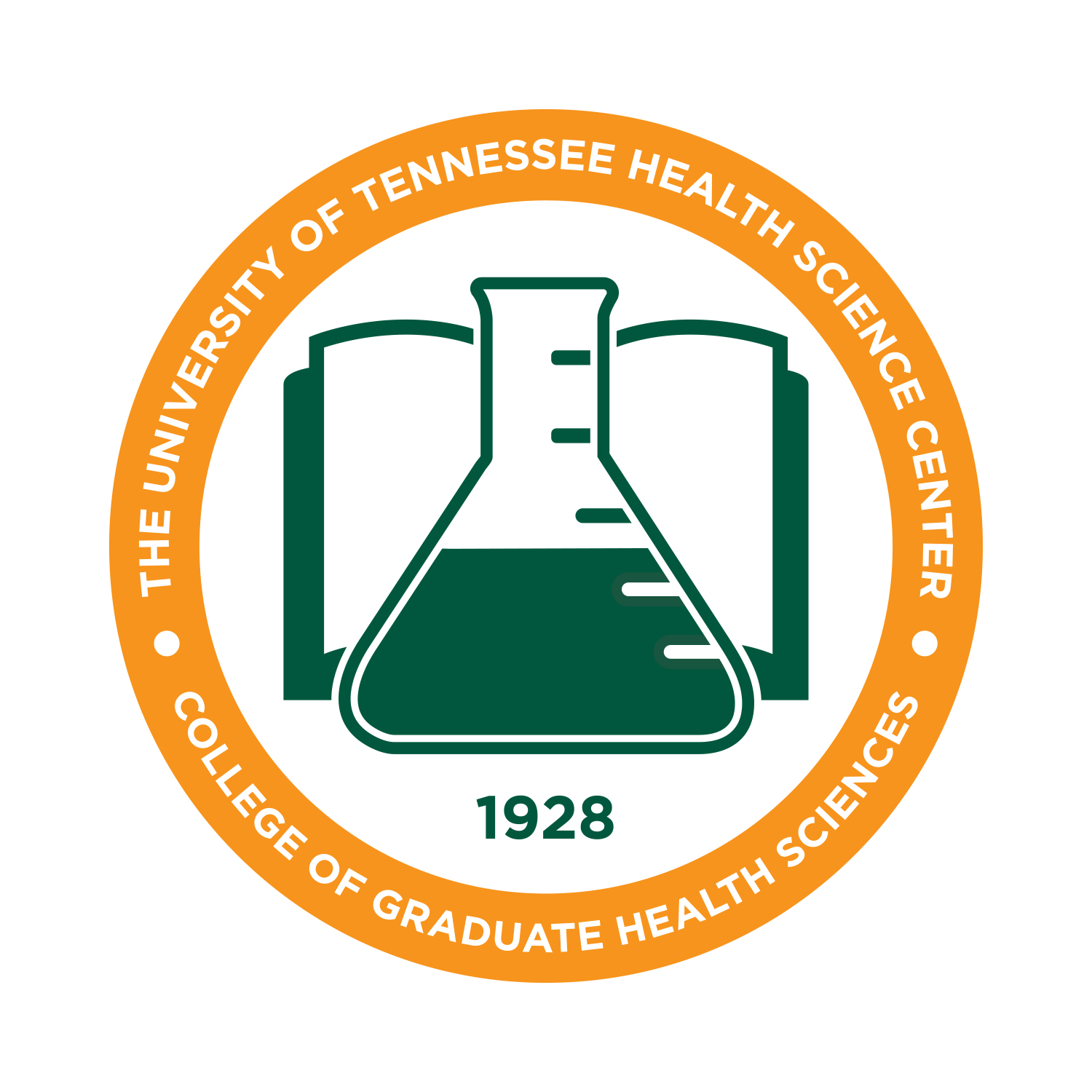Date of Award
2024
Document Type
Dissertation
Degree Name
Doctor of Philosophy (PhD)
Program
Biomedical Sciences
Track
Microbiology, Immunology, and Biochemistry
Research Advisor
John Cox
Committee
Jason Rosch; Marko Radic; Michael Whitt; Scot Ouellette
Keywords
chlamydia, divisome, elongasome, FtsK, MreB, XerD
Abstract
In evolving to obligate intracellular dependence, Chlamydia trachomatis serovar L2 (Ct), has eliminated several gene products essential for cell division in most other bacteria, including FtsZ, the central coordinator of divisome assembly. In the absence of FtsZ, we show that divisome assembly in Ct is initiated by FtsK, a chromosomal translocase. Chlamydial FtsK forms discrete foci at the septum and at the base of the progenitor mother cell, and our data indicate that FtsK foci at the base of the mother cell mark the location of nascent divisome complexes that form at the site where a daughter cell will emerge in the next round of division. The divisome in Ct has a hybrid composition, containing elements of the divisome and elongasome from other bacteria, and FtsK is recruited to nascent divisomes prior to the other chlamydial divisome proteins assayed, including the PBP2 and PBP3 transpeptidases, and MreB and MreC. Knocking down FtsK prevents divisome assembly in Ct and inhibits cell division and septal peptidoglycan (PG) synthesis. We further show that MreB does not function like FtsZ and serves as a scaffold for the assembly of the Ct divisome. Rather, MreB is one of the last proteins recruited to the chlamydial divisome, and it is necessary for the formation of septal PG rings. Our recent studies have demonstrated the critical role of localized cardiolipin (CL) synthesis in coordinating cell division in Ct. CL is concentrated at the poles and septum, where it promotes the recruitment of MreB during polarized cell division. The lipid’s unique structure helps induce membrane curvature and facilitates divisome protein assembly, making it essential for proper spatial organization of septal PG synthesis and MreB localization. This localized CL synthesis is required for MreB to support the formation of septal PG rings. Our studies further illustrate the critical function of chlamydial FtsK in coordinating divisome assembly and PG synthesis in this obligate intracellular bacterial pathogen. However, the mechanism that specifies the site of divisome assembly in Ct is unclear. In E. coli, the transient interaction of FtsK with XerD stimulates XerCD dependent recombination at the chromosomal dif site to decatenate chromosomes that become interlinked by homologous recombination during DNA replication. We show here chlamydial FtsK colocalizes with XerD during cell division. In addition, CRISPRi which uses a crRNA to target an inducible and defective Cas12 enzyme (dCas12) to a specific chromosomal sequence, has shown that chlamydial FtsK also colocalizes with a chromosomal sequence immediately adjacent to the dif site during cell division. However, when CRISPRi was used to target dCas12 to the XerD binding sequence at the chlamydial dif site, FtsK did not colocalize with Cas12 and cell division was blocked. Our data indicate that the site of divisome assembly in Ct is dependent upon the interaction of FtsK with XerD bound to the chromosomal dif site.
ORCID
0009-0007-4178-244X
DOI
10.21007/etd.cghs.2024.0683
Recommended Citation
Harpring, McKenna Katherine (0009-0007-4178-244X), "FtsK Regulates the Assembly of the Division Machinery in the FtsZ-less Chlamydia trachomatis" (2024). Theses and Dissertations (ETD). Paper 703. http://dx.doi.org/10.21007/etd.cghs.2024.0683.
https://dc.uthsc.edu/dissertations/703
Declaration of Authorship
Included in
Bacterial Infections and Mycoses Commons, Medical Biochemistry Commons, Medical Immunology Commons, Medical Microbiology Commons


